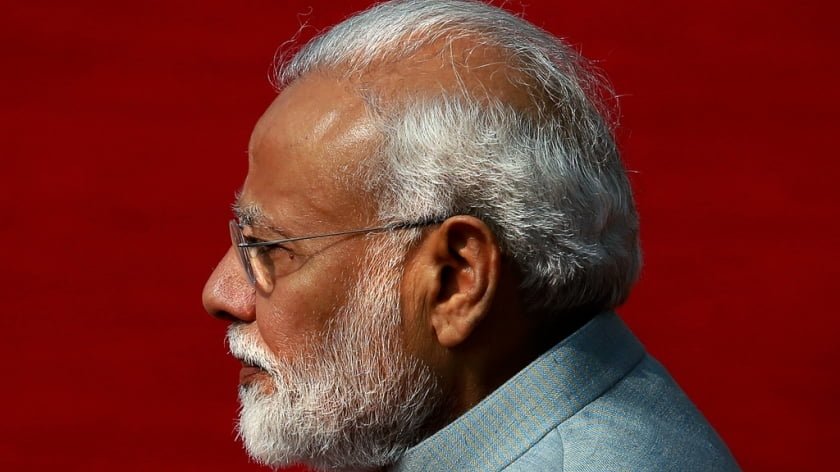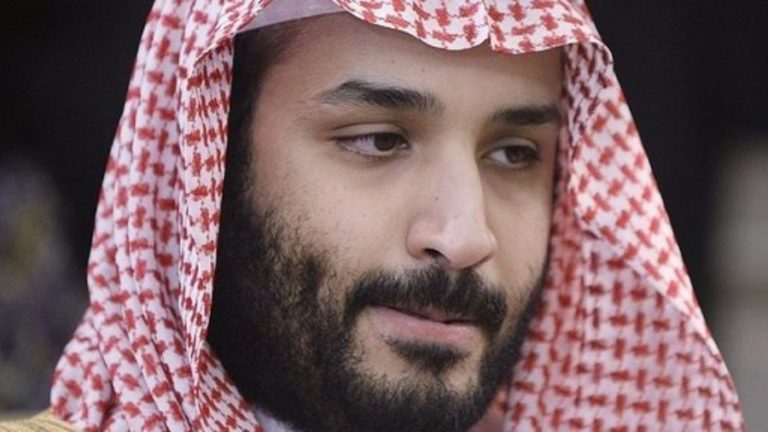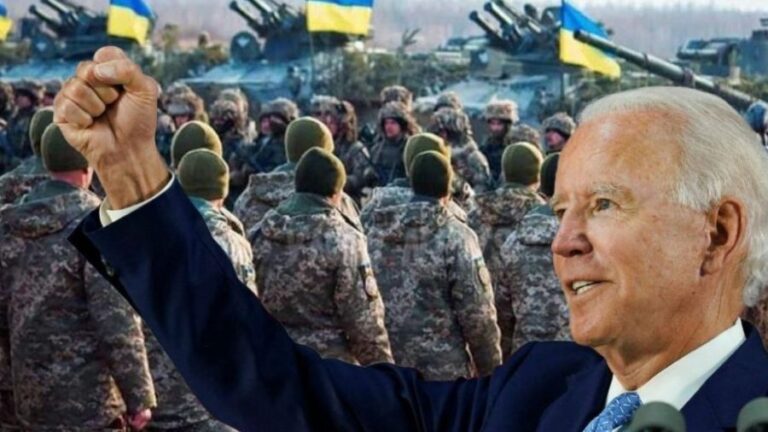How the White Nationalists Who Love Trump Found Inspiration in the Group That Gave Us Narendra Modi
Question: What is the connection between controversial Indian Prime Minister Narendra Modi — who is visiting Houston this Sunday for the “Howdy, Modi” summit, as well as a meeting with President Donald Trump — and a spate of white nationalist terrorist attacks across the West?
Answer: Anders Breivik.
You remember Breivik, right? The homicidal Islamophobe who massacred 77 people in Norway in 2011? Brevik, who was sentenced to 21 years in prison, is now viewed as a “saint” by far-right activists. Christopher Hasson, the Coast Guard lieutenant and self-proclaimed white nationalist accused of plotting the assassination of prominent Democrats and journalists, has cited Breivik as an influence. The Christchurch shooter Brenton Tarrant described the Norwegian mass murderer as his “true inspiration” and even suggested that they had been in contact, while the El Paso shooter Patrick Crusius, in turn, expressed support for the “Christchurch shooter and his manifesto,” as did the San Diego synagogue shooter.
But where did Breivik himself draw inspiration from? It probably won’t shock you to hear that he name-checked a range of conservative and far-right commentators from the U.S. and the U.K. in his rambling and racist manifesto. But it might surprise you to discover that this modern icon of white nationalist terrorism also mentioned India, and in particular Hindu nationalism, on a “remarkable 102 pages” of his 1,518-page screed.
For Breivik, it is essential that far-right, Islamophobic movements in Europe and India “learn from each other and cooperate as much as possible.”
Breivik calls on his “Hindu Nationalist brothers” to “rise up” against the Muslim conquerors of India, and extols Hindu nationalist groups because “they dominate the streets” and “do not tolerate the current injustice and often riot and attack Muslims when things get out of control.” However, he complains, “this behaviour is nonetheless counterproductive.”
“Instead of attacking the Muslims,” he continues, “they should target the category A and B traitors in India and consolidate military cells and actively seek the overthrow of the cultural Marxist government.”
For Breivik, it is essential that far-right, Islamophobic movements in Europe and India “learn from each other and cooperate as much as possible” because “our goals are more or less identical.” He even provides a list of online resources for his readers — and it includes the website of the Rashtriya Swayamsevak Sangh among them.
The RSS is a far-right, male-only paramilitary volunteer organization, founded in India in 1925. Breivik may have been lauding the RSS in 2011; but back in the 1920s and 1930s, the founders of the RSS were heaping praise on Europe’s far-right, totalitarian regimes — from Mussolini’s fascists in Italy to Hitler’s Nazis in Germany.
M.S. Golwalkar, the second leader of the RSS, wrote about how he was inspired by Nazi Germany, which he said displayed “race pride at its highest” and was “a good lesson for use” in India. V.D. Savarkar, who coined the term “Hindutva” to refer to the RSS’s vision of India as a Hindu state, claimed that “Germany had every right to resort to Nazism, and Italy to Fascism.” He even compared India’s Muslims to “Jews in Germany.” A former member of the RSS — and acolyte of Savarkar — would later assassinate Mahatma Gandhi, in protest of the latter’s pro-Muslim views.
So where does Modi fit in here? The Indian prime minister is the leader of the right-wing Bharatiya Janata Party, which is accurately described by Breivik in his manifesto as “the political arm of the RSS.” Modi himself began training with the RSS when he was 8 years old; by the age of 22, he was a full-time “pracharak,” or missionary, for the group. As chief minister of the state of Gujarat — the scene of brutal anti-Muslim pogroms in 2002 — Modi oversaw the distribution of high school textbooks that described Hitler as a leader who “lent dignity and prestige to the German government.”
Is it any wonder that the Hindu nationalist from India has formed such a close friendship with the white nationalist in the White House?
Today, as prime minister, Modi continues to bestow praise on the likes of Golwalkar and Savarkar. He considers the former to be his ideological mentor and “Pujniya Shri Guruji” — a guru worthy of worship — and the latter to be an epitome of “courage, patriotism, and unflinching commitment to a strong India.”
Meanwhile, on Modi’s watch, the secretive RSS has seen a spike in membership — to around 6 million members — and an unprecedented level of political influence in the nation’s capital, despite the fact that a former inspector general of police once described the group as “the country’s No. 1 terror organisation.”
The rise of Modi, the RSS, and Hindu nationalism has led to an explosion of hate crimes in India. “Today, under Modi’s iron-fisted regime, Christians, Dalits, Muslims, Sikhs, and every Hindu who disagrees with the hate, violence, and supremacy of the RSS lives in fear of their lives,” South Asia affairs analyst Pieter Friedrich explained to Houston City Council on Tuesday, as part of a last-ditch attempt by anti-Modi activists to prevent the prime minister’s high-profile summit in the city. Mobs have beaten and murdered Muslims for allegedly slaughtering or even transporting cows; churches have been burned and vandalized.
“Fascism,” as Yale University scholar Jason Stanley told me earlier this year, “always involves something like white nationalism, but it doesn’t need to be white nationalism.” Is it any wonder that the Hindu nationalist from India has formed such a close friendship with the white nationalist in the White House? They have fascism in common. Modi, though, is much more dangerous than Trump — unlike the latter, the former is a true believer, a proud ideologue.
It is therefore difficult to disagree with Friedrich. “Rather than ‘Howdy, Modi,’” he told council members on Tuesday, “the City of Houston ought to be saying, ‘Adios, Modi.’”
By Mehdi Hasan
Source: The Intercept








Pakistanis have done an absolutely shoddy job of exposing the Sangh Parivar till date. It’s a very vile ideology and a complete PR gift to Pakistan should it properly institutionalize anti-Hindu supremacism (of both the Sanghis and Congress’ slightly more presentable version) into the very fabric of its policies, rhetoric abroad and discourse at home.